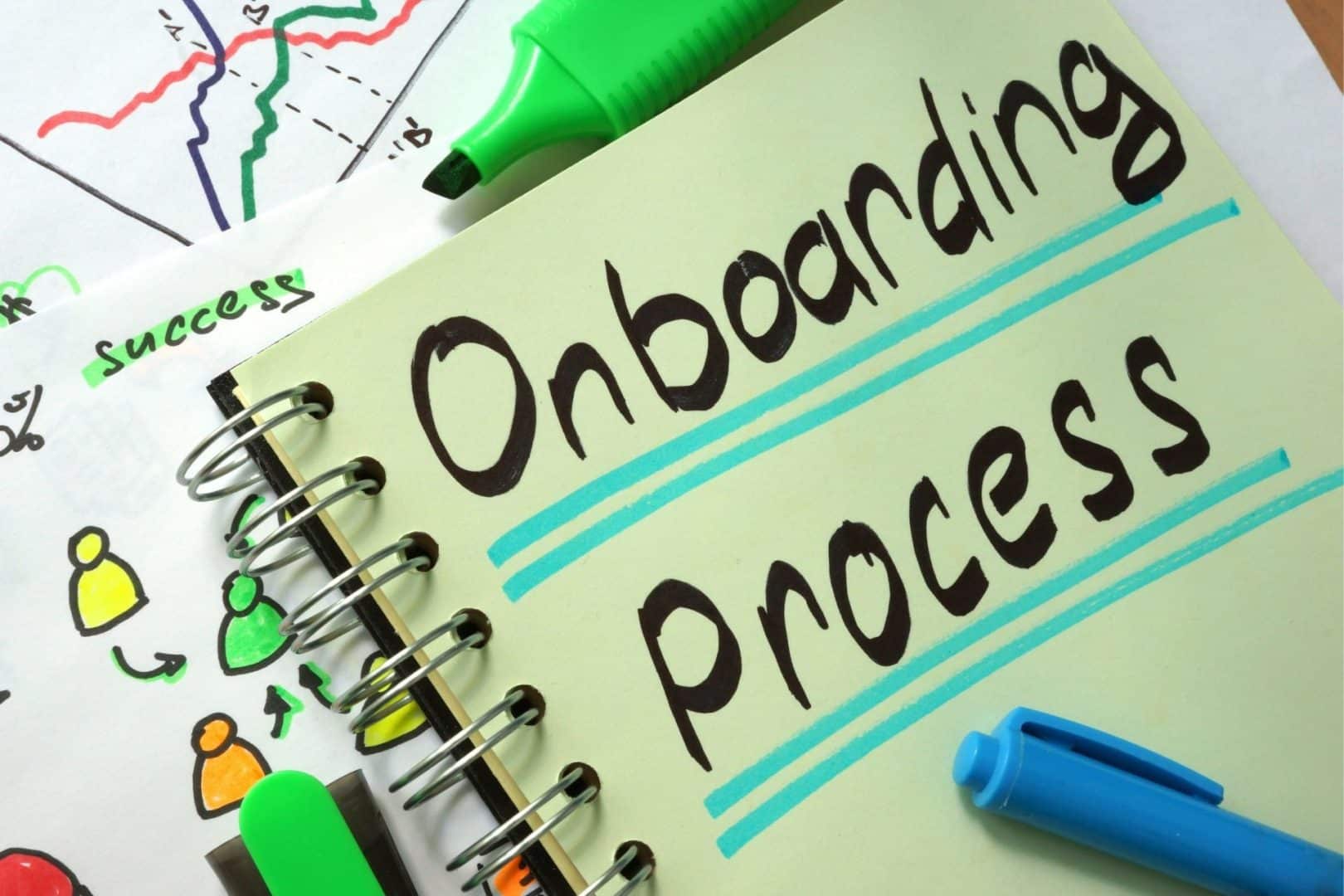The onboarding process is an important part of how any business operates. While companies can vary in their individual turnover rates, everyone has to take on new employees at one time or another.
For large companies or those with particularly high turnover, the onboarding process becomes a major component of their regular operations. Ensuring that both the manager and employee experiences during onboarding are positive sets a business up for success, and developing an effective onboarding process is the first step towards making that happen.
What Makes for a Good Onboarding Process?
New employee onboarding is important to get right, but what exactly does getting it right mean?
Organizations need to clearly define what they’re trying to achieve when determining how to improve employee onboarding. A good process will aim to develop these key criteria.
Getting Employees Off to a Good Start
You want your new employees to thrive in their positions. It’s good for your business, and it’s good for them too. Most employee onboarding tools are focused on this part of the process, and with good reason. If employees don’t have a solid foundation to grow from, it can seriously impact their chances of developing further.
Ideally, you want to get your employees through onboarding quickly so they can take on their roles independently. While there is always a phase during which employees require supervision and close attention, you want to move past it quickly. The right employee onboarding process can help you do that.
Making Your Employees Comfortable in their Roles
The best employees are those that are truly immersed in their team and their roles. They develop an intuitive understanding and are able to go above and beyond. That’s why employee onboarding needs to make them feel comfortable to ask questions, propose improvements, and bring their own unique advantages to the workplace.

Developing Employee Engagement
Engaged employees are productive employees. That’s why your onboarding process should focus on really drawing them into training. With employee onboarding microlearning and other cutting-edge techniques, you can make the most of video employee onboarding tools and achieve a higher level of engagement than traditional training videos.
Introducing Your Organization
Even if your new hires come from similar roles or industries , every organization does things a bit differently. There are many things to consider when asking, “what should an onboarding process include?” Imprinting your own unique company culture, procedures and requirements are certainly some of the things to include in your onboarding process . Your process should include information about how your specific company does things.
Immersing Employees in Your Workflows
Employees who have been with a company for a while might not realize how much they take their familiarity for granted. Every business has unique workflows within its organization that need to be communicated clearly. In order to define a good onboarding process, you need to include these vital details that can be easily overlooked if you’re only concerned with the big picture.
How to Build a Good Onboarding Plan for Your Startup
One of the most challenging tasks in management is developing onboarding plans from scratch. It can be challenging enough to determine how to improve them, but understanding what your goals are and how to meet them when you’re just starting out is something else entirely. Luckily, there are some simple steps you can take to streamline how to write an effective onboarding plan.

Know Your Goals
What is the importance of an onboarding program? That’s the question you need to answer for your specific startup. What are you trying to accomplish? What are your employees going to need to know in their day-to-day roles? What will they need to do when something goes wrong? To start out right when developing your own onboarding processes, you need to define what you’re trying to achieve.
This is going to vary widely depending on your specific industry. However, you can take some time to visualize the daily workflow that individual roles will go through, including:
● What systems are they using?
● What other employees or departments are they interacting with?
● Are they using specific programs?
● Do deliverables require particular formatting?
● What are that role’s security requirements?
● And more
Taking the time to clearly outline what skills each role will need to do their job effectively is critical to developing your onboarding process.
Assign Onboarding Responsibilities
Just like any other responsibility within your organization, the only way to make sure that onboarding is done properly is to formally assign it to specific team members. You need to define who on your team will provide training to your new employees. In some cases, that could mean bringing on someone specifically for that role as well – a training manager, L&D (learning and development) manager or experienced instructional designer.
You’ll also have to consider your management and supervisory structure. When new employees are still learning, is someone else verifying the quality of their work? Who should they go to if they have questions if something goes wrong? Knowing these answers before your new employees walk through the door is essential to having onboarding go smoothly.
Getting the Right Tools
Onboarding tools have come a long way since bland training employee handbooks or presentations , and there are more options available than ever before. For the best results, you can incorporate modern training tools. There are a few onboarding apps or tools in the market that are easy to work with and affordable, or even free. Here, you should focus on employee engagement. While there are many onboarding apps around, make sure to pick one that is easy to work with, allows mobile employee training (to make the training content easily accessible for your new employees, wherever they are), and meets your training needs.
Today, many companies chose to train their new hires with short videos, using microlearning tools. These short microlearning videos have proven to increase employee engagement and productivity. In addition to being effective and fun, microlearning videos can be produced relatively fast and with lower costs.
Here’s an example of a microlearning video created using Bites, where you can see how a restaurant trains their staff using a fun, fast paced video. Notice that the video is followed by a quiz, flashcards to highlight the important points and a discussion board for employees to comment:
https://mybiteshares.com/bites/113324/intro

Don’t forget about the importance of tracking and documenting the onboarding process – search for a training app that allows tracking and keeps documentation on each employee’s progress. and providing that information to employees can further engagement as well.
In Conclusion
We hope this introduction to a good onboarding program has answered some of your questions. Developing such a program isn’t easy, and you’re going to need effective help if you want to make the most of your new onboarding process. Luckily, Bites can provide that help.
Bites’ unique employee onboarding and training platform lets you improve engagement and quickly develop new onboarding content. Through short-form videos with intuitive customization tools, you can communicate important information to employees effectively.
The platform features the analytics and summary of the company’s onboarding needed to truly understand the impact of your process and improve even further. You can get started with Bites today for free to see just how easy and fun building your onboarding process can be.




